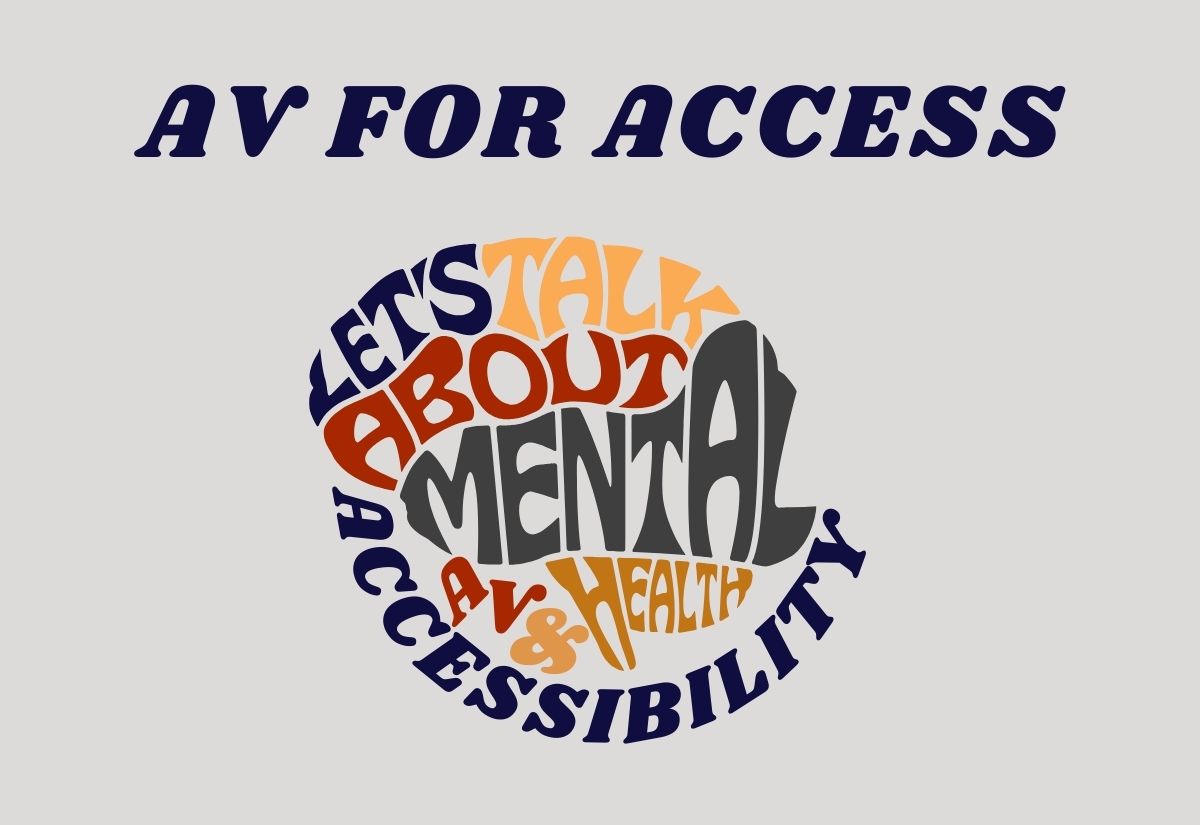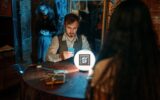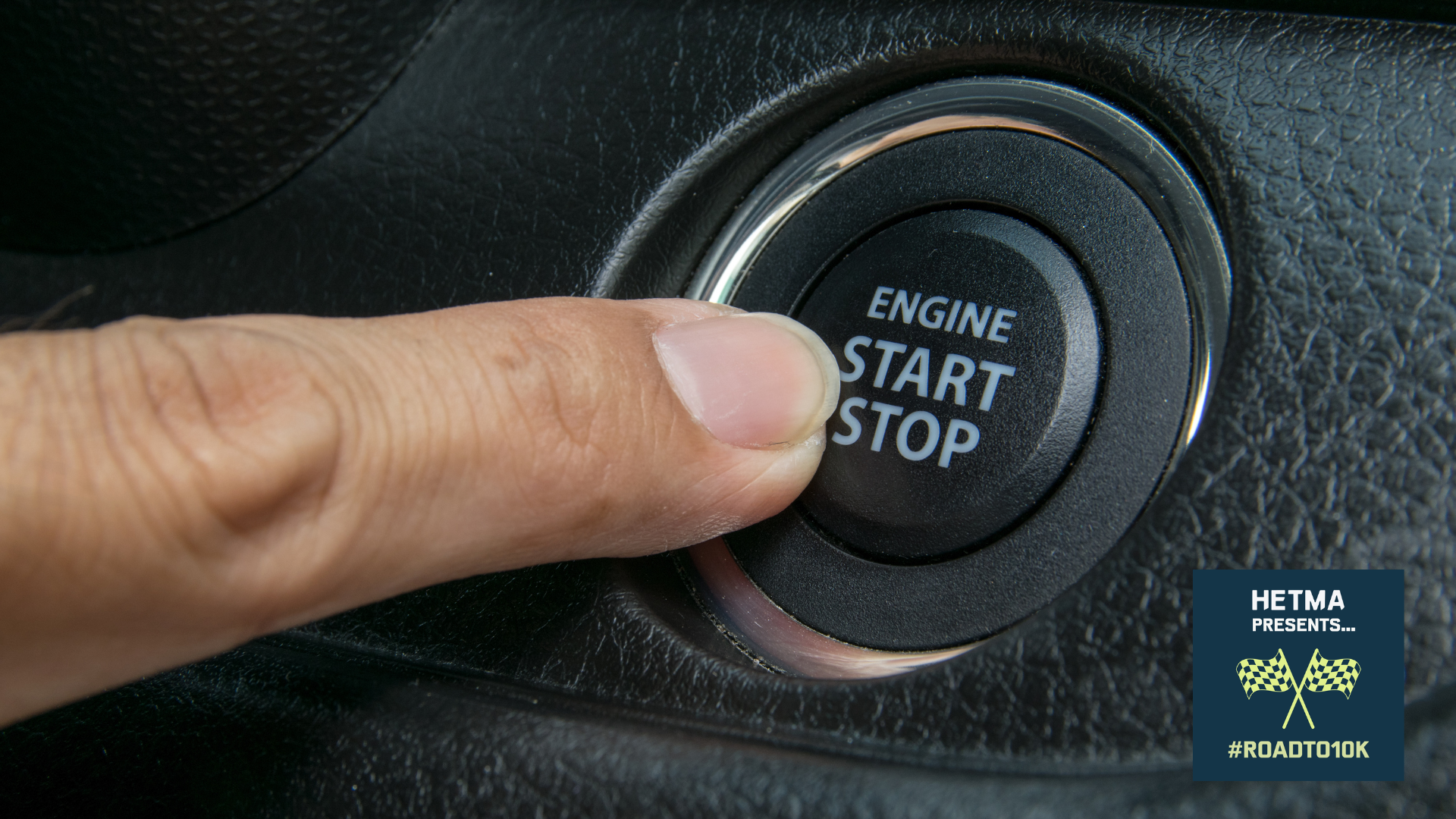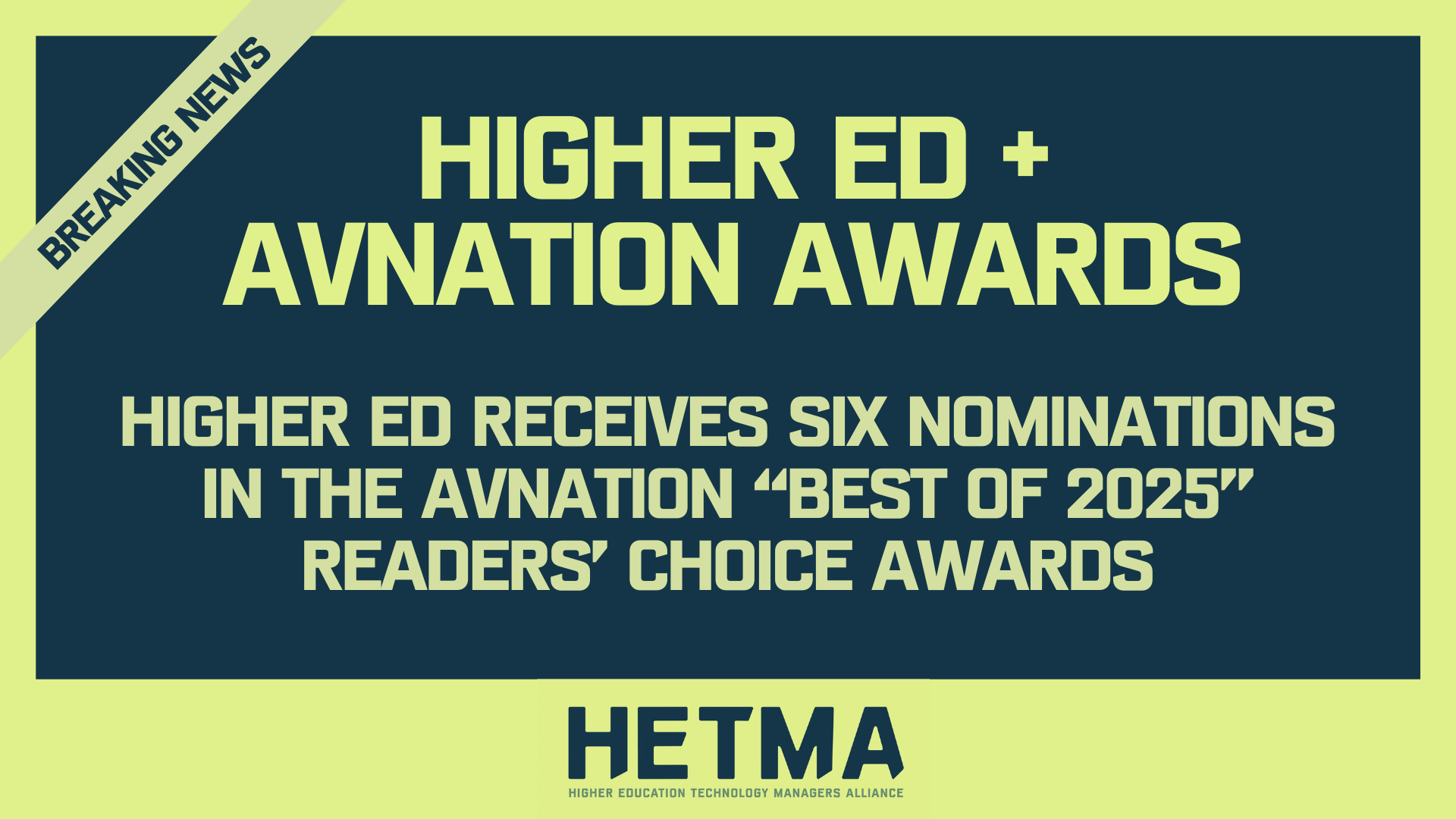So to address the elephant in the room, I’ve been gone for a little while. But I’m glad to be back and, for those of you who remember me, I’m not planning on going anywhere anytime soon. For those of you who are new to me, I’m here to talk about accessibility thorough AV, but also about universal design principles and how we can apply them in both instructional design and general AV life.
With that preamble out of the way…to paraphrase Futurama: I’m back, baby.
So 2023 was an interesting year, lets be honest, but what does it tell us about 2024? When it comes to accessibility, I think we’re in for an interesting year. The ruling in Students For Fair Admissions Inc v. President and Fellows of Harvard College is going to make things interesting as the ramifications continue to be discovered. But I’m not here to talk about admissions or race. However there is an area that concerns me and I think we need to look at it from a technological standpoint. What worries me is that we’re going to see schools overapplying it and trying to worm their way out of accommodations for students who need them. Coupled with the backlash against remote learning that came after 2020, and the faculty who don’t want to do hybrid classes, we’re potentially looking at a reversal in how technology is used for education.
So given that doom and gloom, what light do I see coming back to us in 2024? The other night I was doing my usual doom scrolling, especially nowadays, and a tweet from an Israeli company caught my eye. You may have seen me retweet it, in fact. A company, Nuance Hearing, which makes various assistive listening devices, is launching a new and universally designed hearing aid melded into a pair of glasses. Their CEO, Ori Goren, describes them this way: “It’s a totally stigma-free hearing aid that looks like normal eyewear.” If you have been reading my column in the past, you know that the stigma associated with assistive technology is one of the biggest barriers to entry in its use. I hope this is the beginning of a realization that we can integrate tech into fashion not just as a gimmick or because we want a computer on our wrist, but rather because it can provide actual help for the wearer.
If we look further into AV from that lens, and consider what we can do in 2024 to make our learning spaces more accessible, while removing stigma, I think we can continue into the new year with a bright hope for a more equitable and just educational landscape. We just need the courage to take the steps needed, and a willingness to work with faculty as partners to use the technology we provide them to teach in new ways. So with that rather short return, welcome to 2024, it’s going to be an interesting year.











